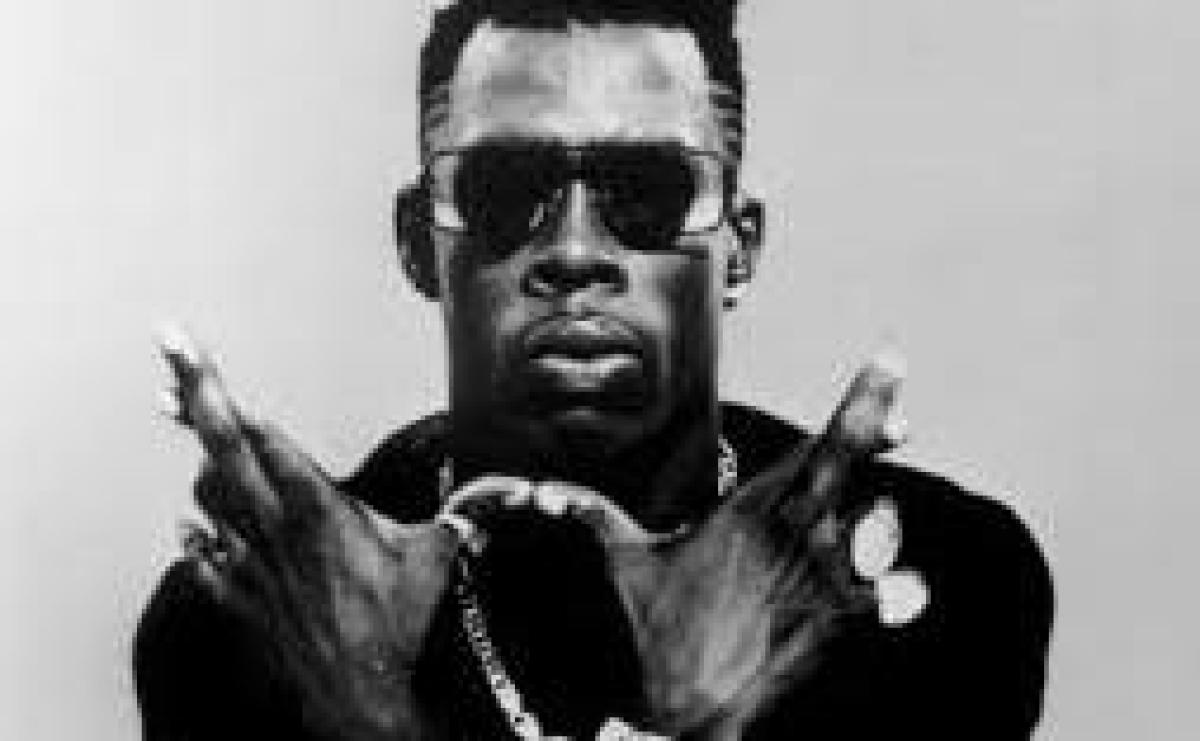Reggae Fusion Songs and Music | What is Reggae Fusion
Reggae fusion songs and music have, in one way or another, existed since reggae's inception. What is reggae fusion? Well, I'll get onto that in a moment.
The great Bob Marley's success was built on reggae that crossed musical boundaries by adding tinges of other musical genres and so attracted a wider audience.
Reggae now has many subgenres or categories, for example, roots reggae, dancehall, lovers rock and dub. Most fans and commentators would consider these traditional and authentic reggae music subgenres. However, the success of reggae's longevity, over 50 years, is its ability to innovate and incorporate new trends into the reggae soundscape as well as maintaining longstanding ones.
With Jamaica's proximity to the huge American market, Jamaican artists have always sought to find a way in. This has resulted in collaborations with artists from other genres like hip-hop and jazz. While producers and musicians experimented by fusing reggae with other genres creating new reggae fusions.
So What is Reggae Fusion
Jamaica being the home of reggae sets the definitions of what reggae should sound like and Third World now extended that reggae soundscape.
In Britain, where local reggae artists and bands were struggling to be accepted by the reggae aficionados, this extension of what reggae is, paved the way for bands such as UB40, The Police and Steel
Pulse to produce their own sound and become internationally successful.
In Jamaica, the late 80s and 90s was a time of change for reggae. The rise of producers and mixing engineers like King Jammys and Bobby Digital led to more innovation and the rise of dancehall. Dancehall easily lent itself to fusion with other genres and with the lucrative American music market within touching distance, dancehall producers and artists wanted to get a piece of the action.
Dancehall tracks began to contain elements of Hip-Hop and RnB. This fusion indeed led to success for artists like Shabba Ranks, Ini Kamoze and Buju Banton who were successful in the American market.
Reggae fusion was given a boost in the American market at the expense of dancehall in the late nineties. The use of homophobic lyrics in dancehall became popular which led to heavy international criticism and dancehall losing popularity in the American market. This resulted in huge career setbacks for some of the top dancehall artists. However, other dancehall artists still keen to crack the US market were trying to find an alternative approach and this was to diversify their lyrics and 'chat' over other successful genres in the US, like hip-hop.
One of those artists was Shaggy. He had multiple chart successes in the '90s and it was his album, Hot Shot, that helped further propel reggae fusion internationally, with two number 1 singles,'It Wasn't Me' and 'Angel' in the Billboard Hot 100. This gave reggae fusion the push it needed to be seen as a commercially successful genre.
One of the most recorded and remixed dancehall fusion riddims was created in 1998 by Jamaican producer Steven “Lenky” Marsden, the now legendary “Diwali Riddim.” named after the Hindu festival of light, it is a fusion of dancehall and bhangra and still stands the test of time.
Criticism Then Acceptance
The tide was already turning in favour of reggae fusion when the song ‘Holiday’ by Ding Dong, won Song of the Year 2010 at the EME Music Awards in Jamaica. This marked the first time a reggae fusion song won this prestigious award. So although there were still critics of reggae fusion, it was now becoming part of the reggae family.
Reggae Fusion Rising
As well as being defined as a fusion of reggae with other genres, reggae fusion is also used when describing artistes who switch between reggae and their 'known for' genres or 'chat' over music that is not reggae. Artists such as Shaggy and Shabba Ranks have had success in the US markets with this approach.
In the 2000s Sean Paul achieved international success with singles such as Baby Boy and Get Busy amongst others. Artists from other genres such as Rihanna, Bruno Mars, and Jess Stone have incorporated reggae into their songs.at some point.
The reggae genre continues to spread, progress and influence. The great thing though, is that all reggae vibes still have their supporters and fans, from roots reggae, dub, dancehall to reggae fusion. So, there is plenty of space in the reggae universe for everyone to live long and prosper.



















